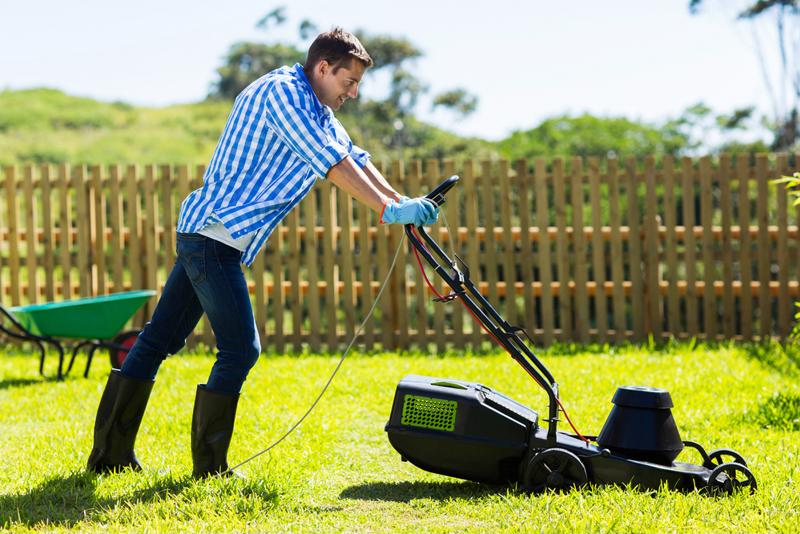For many homeowners, lawn care begins and ends with the mower. Once or twice a month, you might give your yard a trim or go over some rough patches to give it a smooth look. If you're lucky, you might even have a lawn treatment company come and make sure your yard is getting the right blend of nutrients while keeping it safe from pests. In fact, the closest you might come to getting your hands dirty and developing a green thumb is when you empty your lawn mower's bag full of clippings.
Unless you devote serious time and energy to understanding everything that goes into a great-looking lawn, you might not know that tossing those clippings could be doing damage to your yard. In fact, between scrapping clippings and misunderstanding thatch, you might be overlooking the missing link between you and a perfect lawn.
 Are you doing all you can for your lawn?
Are you doing all you can for your lawn?Thatch vs. clippings
To the untrained eye, any scraps of grass or clumps of dirt that remain on your lawn after you're done with a mowing session mean you've done a poor job or your yard needs some professional attention. However, with the right equipment and a little know-how, you can turn a unsightly lawn into one that thrives for the entire season.
First, you need to understand that difference between clippings and thatch. The former is the straightforward one: Any grass you trim with your mower, whether it's funneled into a bagging accessory or left behind on the lawn, is classified as clippings. Why does this matter? If you fertilize your lawn or treat it with nutrient-rich solutions, these clippings still contain all the beneficial compounds that helped it grow tall and thick in the first place.
Unlike clippings, thatch is a bit more complicated. You already know that grass, like any other plant, puts down roots as a way to anchor itself in place and soak up water and other nutrients from soil. However, when this root network tangles with other slow-decomposing detritus like stems and dehydrated dirt, it can solidify into what's known as thatch. A little thatch isn't necessarily a bad thing, as it can store water and nutrients that your grass can't absorb all at once. Too much thatch though and your grass will be effectively blocked off from its only source of sustenance.
The good, the bad and the ugly
"Leaving thatch on top of your lawn doesn't help the situation."
The long and short of the clippings versus thatch debate boils down to the fact that leaving clippings on your lawn to decompose can help your lawn achieve a rich and lush look without the need for expensive chemical treatments. However, if a thick layer of thatch prevents the clippings from returning their nutrients to the soil, you've got a problem on your hands.
That's where dethatchers come into play. If you want to get into a habit of spreading or leaving clippings on your lawn, you'll first need to make sure that your yard's thatch layer is no more than 1/2 inch thick, and these machines tear overly dense thatch out from under your grass while doing minimal damage. However, leaving thatch on top of your lawn doesn't help the situation, which is why you should look into models that offer collecting capabilities so you don't have to wait for a strong wind or rainstorm to clean your yard for you.
Taking care of your lawn doesn't have to be a full-time job if you do it right the first time, and with state-of-the-art dethatching equipment at your side, there's no doubt you will.